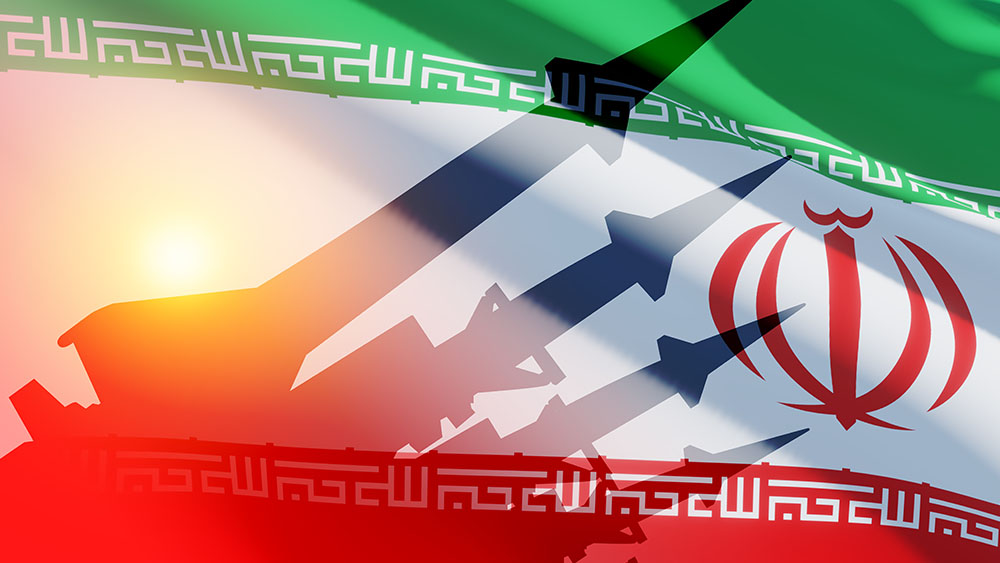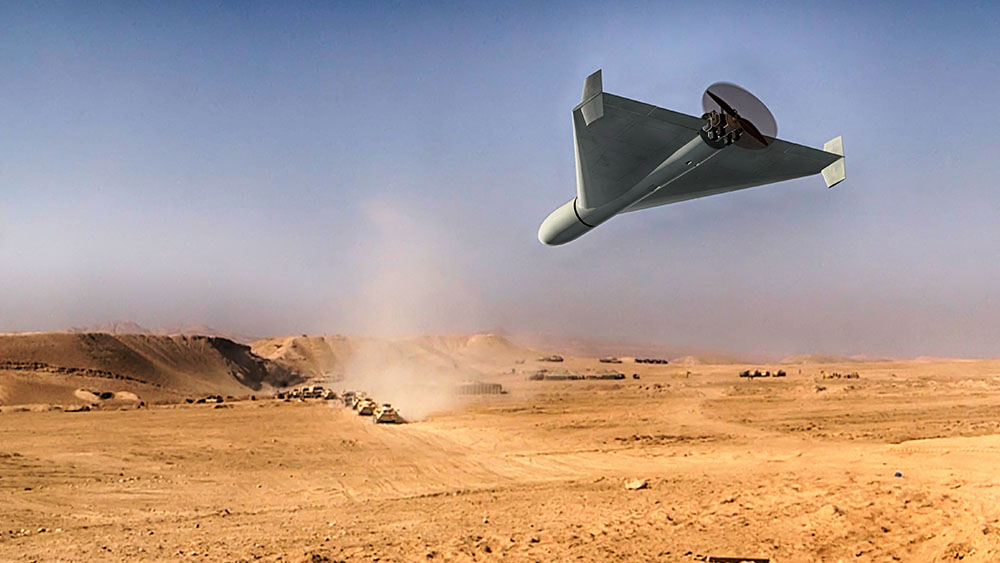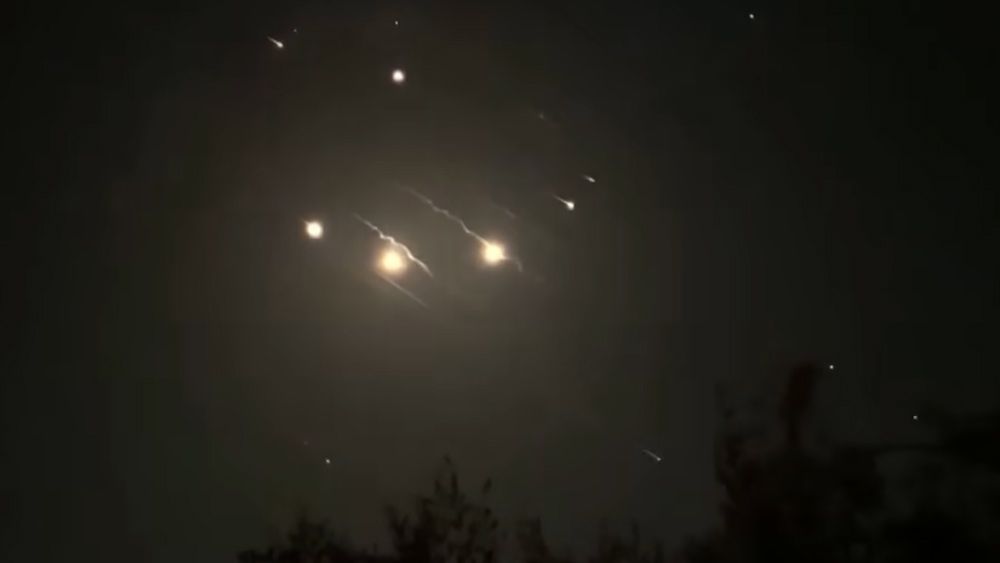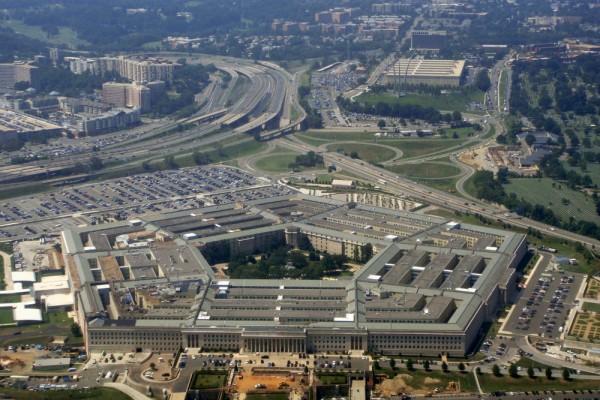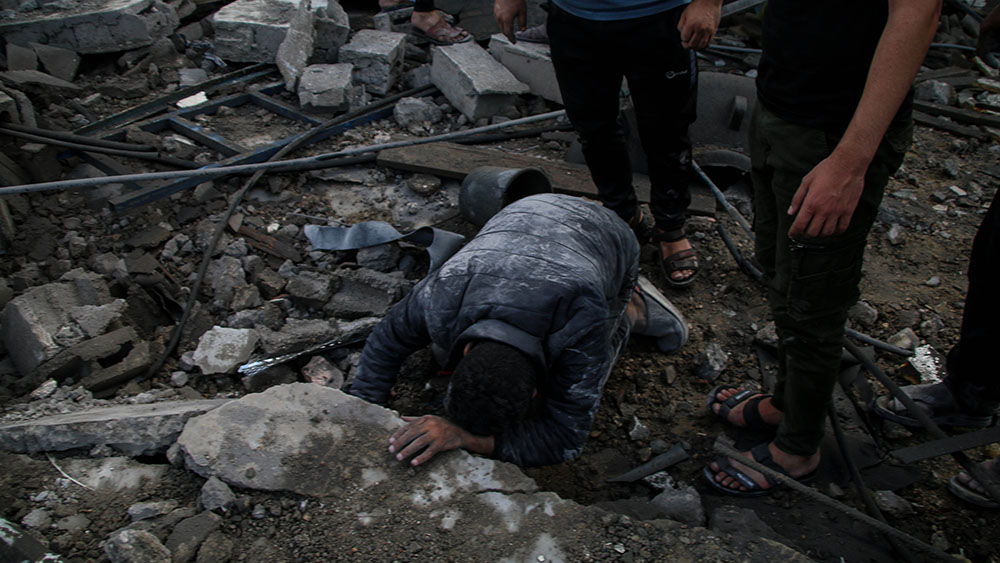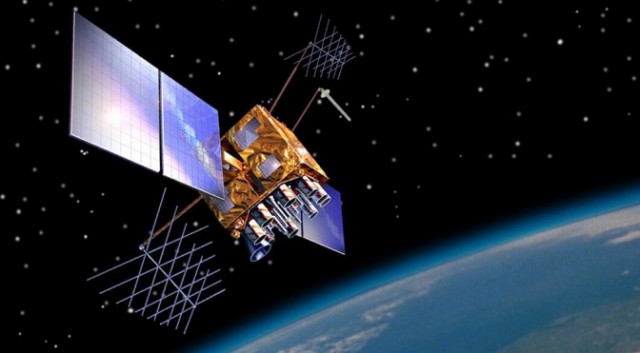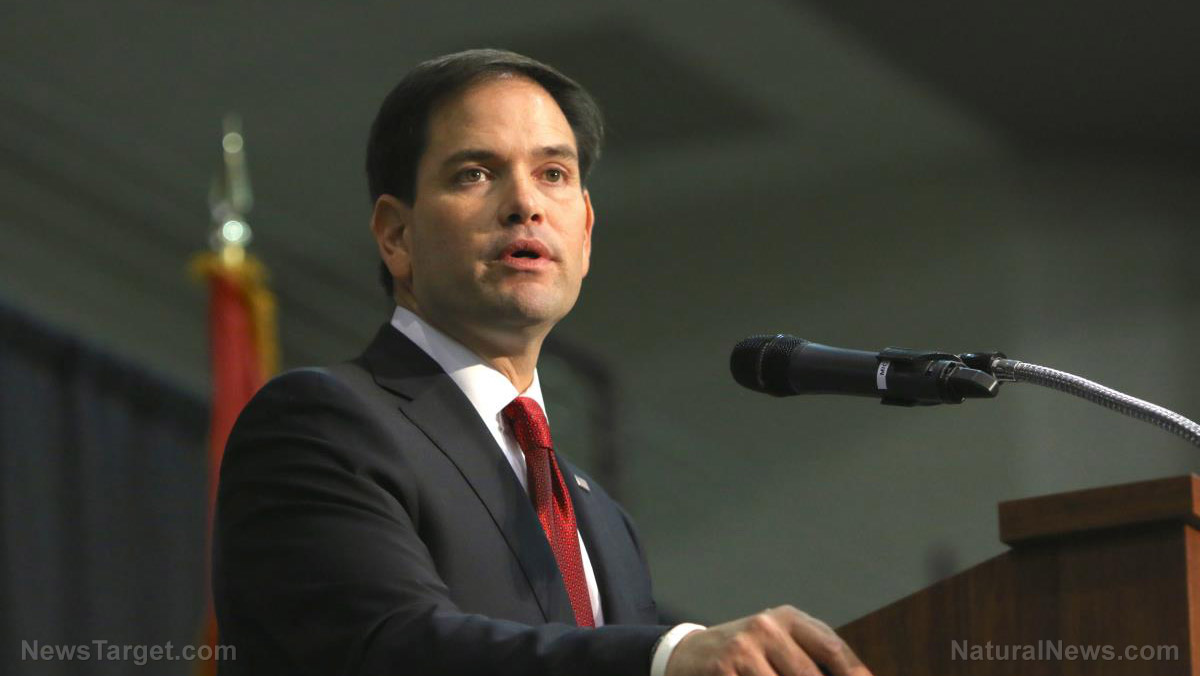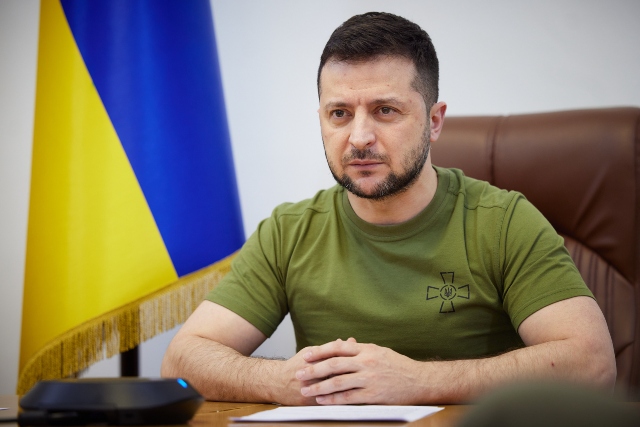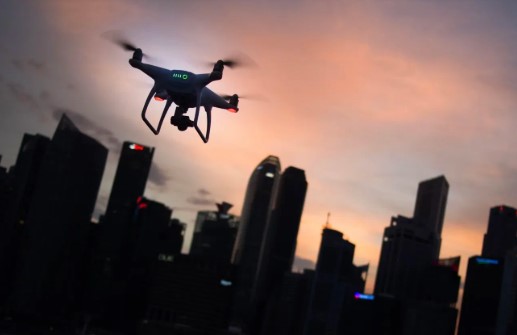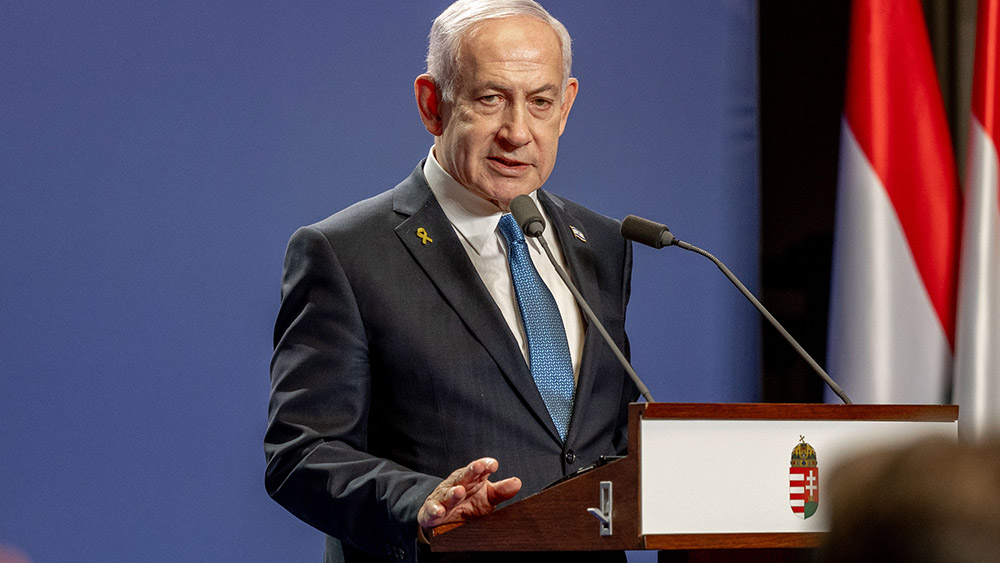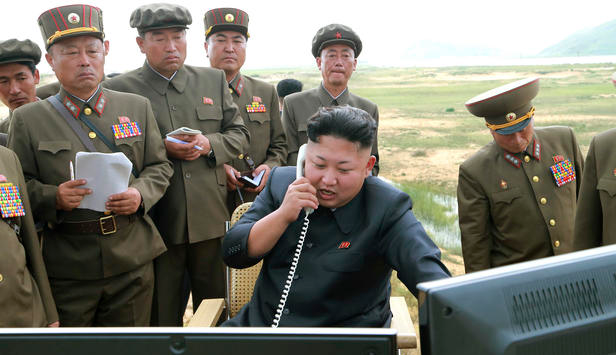Russia reaffirms nuclear doctrine amid U.S.-Ukraine weapons speculation
07/22/2025 / By Belle Carter
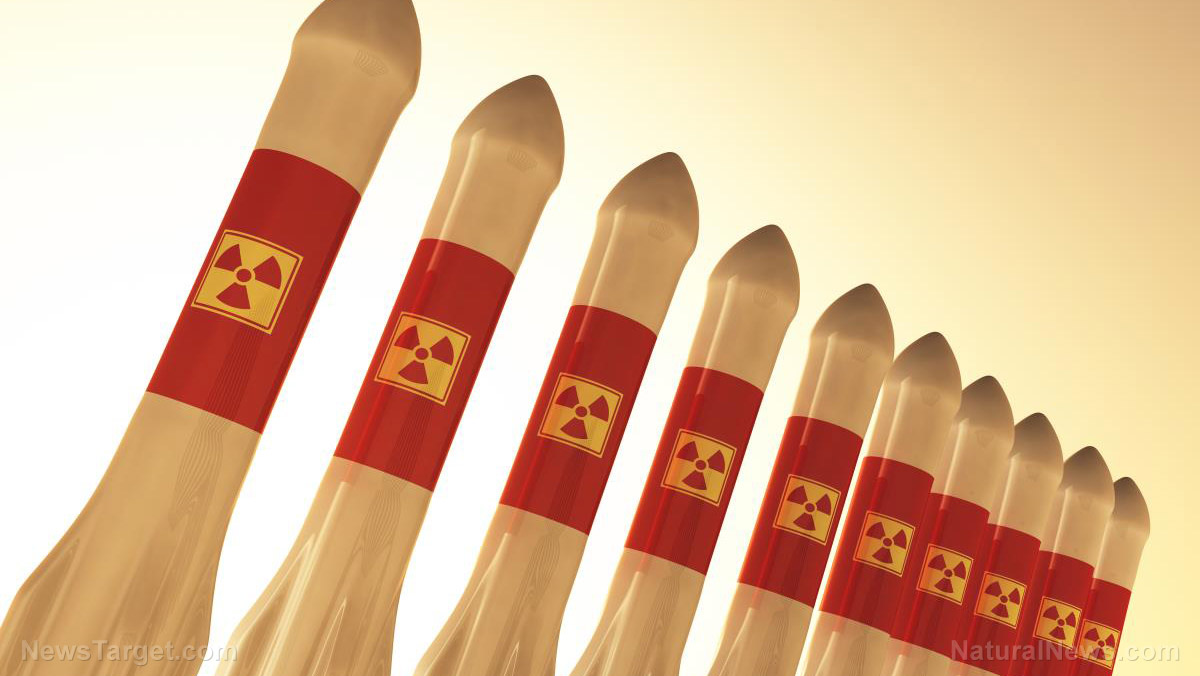
- On July 16, the Kremlin reaffirmed its nuclear doctrine, emphasizing its continued validity. This comes amid speculation that the U.S. might supply Ukraine with longer-range weapons capable of striking deeper into Russian territory.
- Russian President Vladimir Putin ordered a revision of the doctrine last year, expanding the scope of countries and military alliances subject to nuclear deterrence. The doctrine now considers any attack by a non-nuclear state, backed by a nuclear power, as a joint attack.
- The U.S. is considering supplying Ukraine with more advanced weapons, such as Patriot air defense systems, through NATO countries to avoid direct Congressional approval. However, there are concerns about Ukraine’s potential lack of restraint in using these weapons, especially after Ukraine’s use of ATACMS missiles against Russian targets.
- Ukraine has used domestically-produced drones to target Russian military installations, including a daring attack in early June dubbed “Operation Spiderweb,” which destroyed or damaged at least 12 strategic bombers. In response, Russia has threatened to attack Western targets and has updated its nuclear doctrine, lowering the threshold for potential nuclear first strikes against NATO countries.
Kremlin reaffirmed Russia’s nuclear doctrine on Wednesday, July 16. This announcement comes amid rumors that the United States might supply Ukraine with longer-range weapons capable of striking deeper into Russian territory.
Kremlin spokesman Dmitry Peskov emphasized the continued validity of Russia’s nuclear doctrine, stating, “The nuclear doctrine remains in force, and consequently, all its provisions apply.”
This statement was made in response to a question about whether the doctrine’s provision, which considers any attack by a non-nuclear state supported by a nuclear power as a joint attack, was still in effect.
Russian President Vladimir Putin ordered last year to revise the doctrine in response to the U.S. allowing Ukraine to use ATACMS missiles, with a range of about 190 miles, against Russian targets. The amendments expanded the scope of countries and military alliances subject to nuclear deterrence and broadened the list of military threats. The doctrine now classifies any attack by a non-nuclear state, backed by a nuclear power, as a joint attack. This change reflects Russia’s growing concern over the involvement of Western nations in the Ukraine conflict. (Related: Putin revises nuclear doctrine, making it easier for Russia to target Ukraine with nukes.)
The situation took a dramatic turn when reports emerged that President Donald Trump had privately encouraged Ukraine to intensify its strikes on Russian territory. According to sources briefed on the discussions, Trump asked Ukrainian President Volodymyr Zelensky if his forces could hit Moscow or St. Petersburg if the U.S. provided longer-range weapons. Although Trump later denied considering such a move, the conversation highlighted his frustration with Putin’s reluctance to engage in ceasefire talks.
U.S. weapons supply and NATO involvement
Trump announced a new plan to supply Ukraine with more U.S. weapons by selling them to NATO countries, thereby circumventing the need for direct Congressional approval. This plan includes the potential provision of Patriot air defense systems and interceptor missiles. However, the U.S. administration has expressed concerns about Ukraine’s lack of restraint in using such weapons.
Ukraine has also requested Tomahawk missiles, but the Trump administration, like its predecessor, has again hesitated due to fears of escalation. The U.S. has at times warned Ukraine against using long-range weapons to strike deep inside Russia, but these constraints seem to be easing.
Ukraine has primarily used its domestically-produced long-range drones to target military installations inside Russia. In early June, Ukraine’s SBU security service launched a daring attack, smuggling swarms of suicide drones into Russia to strike the country’s fleet of strategic bombers. The operation, dubbed “Operation Spiderweb,” resulted in the destruction or severe damage of at least 12 aircraft.
Russia has repeatedly threatened to attack Western targets in response to the supply of advanced weapons to Ukraine. After Ukraine used ATACMS missiles to strike Russian territory last November, Putin warned that Moscow was entitled to use its weaponry against countries allowing their weapons to be used against Russia. The Russian president also test-fired an experimental intermediate-range missile in response to the strikes.
Following the ATACMS strikes, Russia updated its nuclear doctrine, lowering the threshold for potential use. The changes could envision a Russian nuclear first strike against NATO’s three nuclear powers, the U.S., U.K. and France, in response to Ukraine’s attacks on Russia with weapons like the ATACMS and Storm Shadow missiles.
The reaffirmation of Russia’s nuclear doctrine and the ongoing discussions about supplying Ukraine with longer-range weapons highlight the precarious state of global security. As the conflict in Ukraine continues to evolve, the potential for escalation remains a significant concern. The international community watches closely, aware of the high stakes involved and the need for diplomatic solutions to prevent a broader conflict. The situation underscores the complex interplay of military strategy, diplomacy and the ever-present threat of nuclear escalation in modern geopolitical conflicts.
Watch the video below that talks about what nuclear war would look like.
This video is from The Truth Shall Set You Free channel on Brighteon.com.
More related stories:
Russia warns U.S. that military intervention in Iran-Israel conflict risks nuclear catastrophe.
Putin warns of potential nuclear escalation amid Ukraine conflict, accuses West of provocation.
Sources include:
Submit a correction >>
Tagged Under:
big government, chaos, dangerous, Donald Trump, military tech, national security, NATO, nuclear, nuclear doctrine, nuclear wars, nuclear weapon, Putin, Russia, terrorism, Ukraine, violence, weapons technology, WWIII, Zelensky
This article may contain statements that reflect the opinion of the author
RECENT NEWS & ARTICLES
COPYRIGHT © 2018 MILITARYTECHNOLOGY.NEWS
All content posted on this site is protected under Free Speech. MilitaryTechnology.news is not responsible for content written by contributing authors. The information on this site is provided for educational and entertainment purposes only. It is not intended as a substitute for professional advice of any kind. MilitaryTechnology.news assumes no responsibility for the use or misuse of this material. All trademarks, registered trademarks and service marks mentioned on this site are the property of their respective owners.

